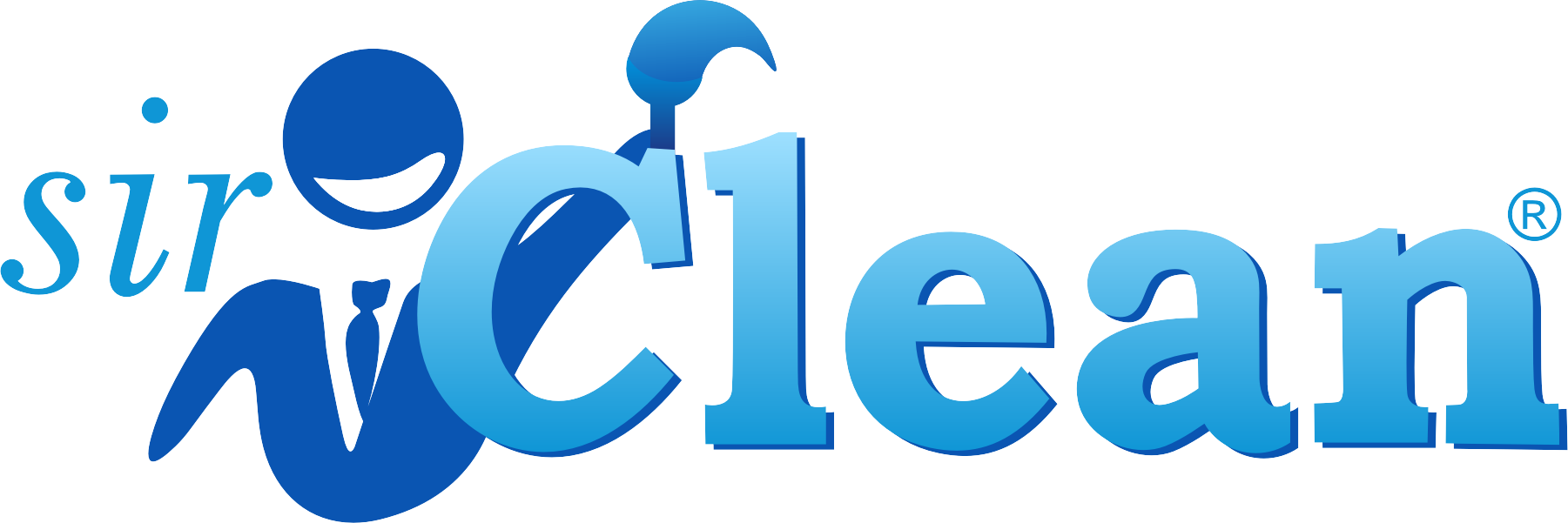Mold is more than just an aesthetic issue—it’s a serious health and liability risk for businesses. Whether you own a retail store, office building, restaurant, or warehouse, a mold problem can lead to employee health issues, legal claims, property damage, and lost revenue.
As a business owner, it’s crucial to understand how mold grows, the risks it poses, and the best strategies to prevent and remediate it. In this guide, we’ll cover everything you need to know to protect your business from mold-related issues.
Why Mold is a Bigger Problem for Businesses
Mold can grow in any environment with moisture and organic material, but commercial buildings face unique challenges that make them especially vulnerable:
📌 Larger HVAC Systems – Mold spores can easily spread through commercial ventilation systems, contaminating an entire building.
📌 Hidden Water Damage – Leaks in ceilings, pipes, or walls can go unnoticed for weeks, allowing mold to thrive.
📌 High Foot Traffic – More people mean more moisture from humidity, spills, and condensation.
📌 Legal & Compliance Risks – Businesses must comply with OSHA and health regulations to maintain safe indoor air quality.
Ignoring mold problems can lead to costly repairs, sick employees, customer complaints, and even lawsuits.
How to Spot Mold in a Commercial Building
Unlike homes, where mold may be spotted quickly, commercial properties often have hidden mold issues that go unnoticed. Here’s how to identify early signs of mold:
🔹 Musty Odors – A persistent damp, earthy smell could indicate hidden mold.
🔹 Discoloration on Walls & Ceilings – Black, green, or brown patches are signs of mold growth.
🔹 Increased Allergy Symptoms – Employees experiencing coughing, sneezing, itchy eyes, or headaches could be reacting to mold spores.
🔹 Warped Walls or Peeling Paint – Moisture damage behind walls can create ideal conditions for mold.
🔹 HVAC Issues – If mold spores enter your HVAC system, you might notice dust buildup, poor airflow, or an unpleasant smell when the system runs.
Ignoring these signs can lead to widespread contamination through air ducts, carpets, and structural materials.
Mold Prevention Strategies for Businesses
The best way to handle mold is to prevent it from growing in the first place. Here’s how business owners can minimize mold risks:
✅ 1. Control Humidity Levels
- Keep indoor humidity below 50% using dehumidifiers and proper ventilation.
- Install hygrometers to monitor humidity in different areas.
✅ 2. Fix Leaks Immediately
- Regularly inspect roofing, plumbing, and HVAC systems for leaks.
- Repair cracked walls, window seals, and ceiling tiles to prevent moisture buildup.
✅ 3. Improve Air Circulation
- Ensure proper airflow in restrooms, kitchens, storage areas, and basements.
- Upgrade HVAC filters to prevent mold spores from spreading.
✅ 4. Schedule Regular Mold Inspections
- Hire a professional mold inspector to assess high-risk areas in your building.
- Conduct air quality testing to detect hidden mold problems.
✅ 5. Train Employees on Mold Awareness
- Educate staff on how to spot mold signs and report moisture issues immediately.
- Set up a maintenance schedule to check for leaks, spills, and condensation.
Preventative maintenance is far cheaper than a full-scale mold remediation project—and it keeps your employees and customers safe.
What to Do if Your Business Has a Mold Problem
If you discover mold in your business, taking quick action is critical to prevent further damage. Here’s what to do:
🚨 Step 1: Contain the Mold
- Close off affected areas to prevent spores from spreading.
- Turn off HVAC systems to stop contamination.
🚨 Step 2: Remove Moisture Sources
- Fix leaks, dry affected areas, and reduce humidity immediately.
- Use industrial dehumidifiers and air movers to speed up drying.
🚨 Step 3: Call a Professional Mold Remediation Company
- DIY mold removal is risky in commercial spaces—professional containment and HEPA filtration are necessary to remove airborne spores.
- Professionals use negative air pressure, air scrubbers, and antimicrobial treatments to safely eliminate mold.
🚨 Step 4: Conduct Post-Remediation Testing
- Ensure the building is fully remediated before reopening affected areas.
- Conduct air quality tests to confirm that mold levels are safe.
Legal and Compliance Risks of Mold in Businesses
Mold isn’t just a health hazard—it’s also a legal liability for businesses.
💼 Employee Health Risks: OSHA regulations require employers to provide a safe work environment. Mold exposure can lead to sick employees, legal claims, and workers’ compensation cases.
💼 Property Damage & Insurance Costs: Unresolved mold issues can lower property values and invalidate insurance claims if water damage is not promptly addressed.
💼 Violations in Hospitality & Retail: Restaurants, hotels, and retail spaces must comply with health and safety codes. Mold violations can lead to fines, shutdowns, and loss of customers.
💼 Tenant Disputes in Rental Properties: Landlords and property managers can be held liable for mold-related health issues if they fail to address complaints in a timely manner.
Ignoring mold can lead to thousands of dollars in legal fees, lost productivity, and business interruptions.
Final Thoughts: Protect Your Business from Mold
Mold problems in commercial buildings can escalate quickly and become costly if not addressed properly. Prevention is key—by controlling moisture, conducting regular inspections, and acting fast, you can avoid health risks, legal issues, and expensive repairs.
If you suspect mold in your business, don’t wait until it becomes a major liability. Professional mold remediation is the safest and most effective solution.
Need Commercial Mold Remediation? Contact Sir Clean Today!
📞 833-US-CLEAN | 🌐 www.sirclean.com
Let’s protect your business and keep your employees and customers safe! 🚀
Tag: #CommercialMoldRemediation


Comments are closed